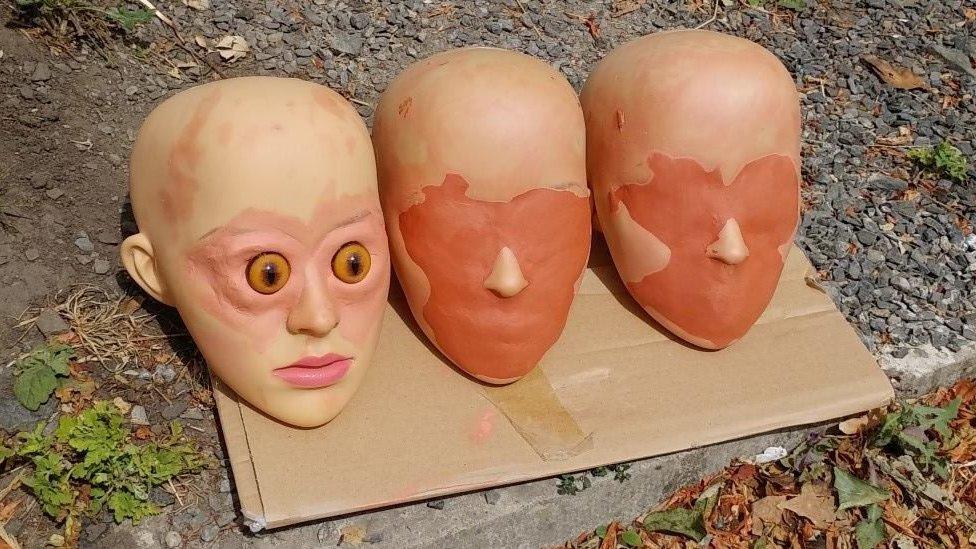The unlikely stars bucking the High Street slump
- Published
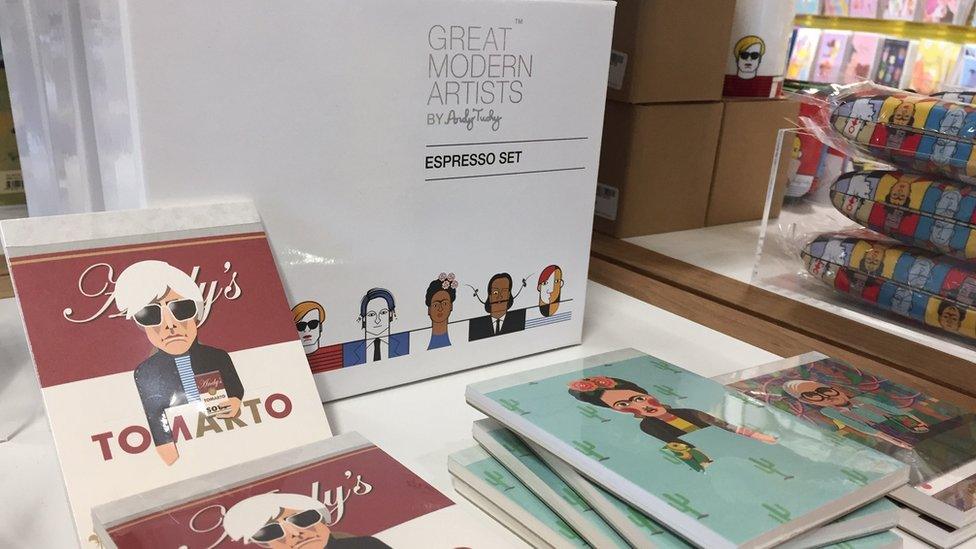
Quirky gifts feature heavily nowadays in museum shops
As consumers, we are spending more of our money on what we do rather than on what we wear.
The beneficiary - an unlikely star bucking the downturn in retail - is the humble museum and gallery shop. Once stocked with little more than key rings and badges for visiting schoolchildren, they now offer designer homeware and exclusive gifts.
They attract shoppers looking for presents with a cultural touch, or something different to the wares of a homogeneous High Street. Some 52% of adults go to a museum each year, some are visiting these venues specifically for the shops.
These venues are moving from being a museum with a shop attached, to a shop with a museum attached.

"Over the last decade, our members have seen a real change in the way that people visiting cultural and heritage attractions are shopping at the stores, giving the general High Street a run for their money as shoppers are seeking out a more meaningful, and perhaps even ethically sourced item," says Jill Fenwick, managing director for the Association for Cultural Enterprises.
Products may be original and quirky, but that is not the only reason for their success. Shops and cafés have become vital to museums that face central and local government funding cuts, and through the doors come people with money to spend - a luxury not always enjoyed by city and town centre stores.
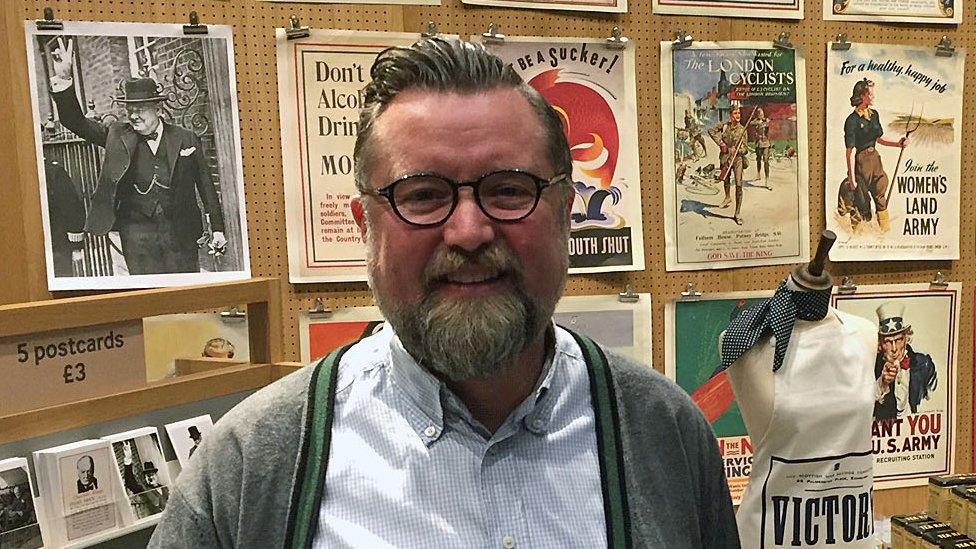
Museums should capitalise on the fact that people come to them to learn about a subject, says David Fenton
David Fenton, head of retail at the Imperial War Museums, has witnessed both sides of this retailing coin.
He has spent the majority of his career in fashion retail, having worked for 12 years at designer department store Liberty London. For the last five years, he has run retail, publishing and brand licensing at the Imperial War Museums' five sites.
"We are very lucky in this sector that we have a different reason why people experience us - they are coming to learn about the subject," he says, admitting he does not miss the High Street. "The more we make of that, the better it is, and the more we will continue to grow."
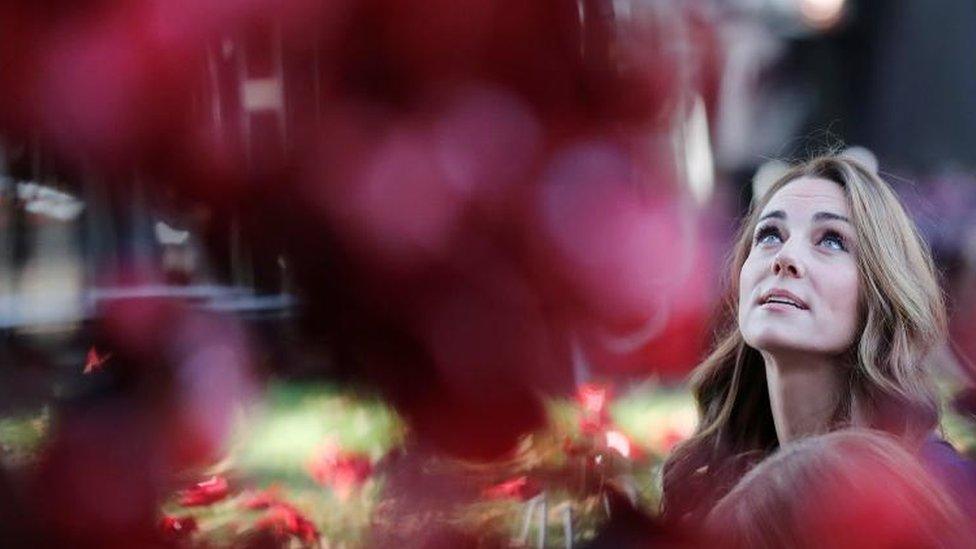
The Duchess of Cambridge was one recent visitor to the Imperial War Museum
He says they will hit this financial year's target of retail sales of £5.2m, making a profit of £800,000 - all of which gets ploughed back into the museums.
Sales have grown by 56% in the last six years, and by 15% in the current financial year alone. Over that time, the shops have become more professional - overhauling displays (such as book covers facing outwards), cutting the product range by 30%, and concentrating on their core theme.
There are no toy soldiers or guns for sale, but plenty of items that represent the social history explained in the museums' galleries.

Draw of the Spitfire

The museums' iconic brand. The shops stock everything from Spitfire models to mugs
Last year, some 6,500 Spitfire T-shirts were sold
The flying jackets, costing £795, is the most expensive item for sale. Twenty-six were sold last year

The biggest seller is the guidebook, representing one of the big factors in the museums' retail success - philanthropy. The book is sold and actively marketed at the door as the equivalent to a £5 donation which helps to keep the flagship London museum free.
That is a theme across the cultural sector. The latest survey by the Museums Association showed that museum visitor numbers have risen but, for many, local authority funding has been cut.
Nearly half of the museums surveyed said their so-called "earned income" - mostly from shops and cafés - had risen year-on-year, partly owing to visitors feeling as though they are contributing to a good cause.
These visitors also have money to spend. The Mendoza Review, an independent audit of museums in England in 2017, found that nearly two-thirds of visitors are from high socio-economic groups. As a result, the effect of the squeeze on household incomes over the last decade may have been less acute than it has been for retailers in general.
The High Street's response to consumers' shrinking spending power has been to discount heavily, and for most of the calendar year.
That is a rarity in museum and gallery shops. Many were involved in a Black Friday spin-off called Museum Shop Sunday but, for the most part, these shops compete on content rather than price.
In the shop at Baltic Centre for Contemporary Art in Gateshead, there is a January sale but it covers only a small part of a well-stocked space. It is striking to any of the 400,000 visitors walking through the doors of this dramatic former flour mill each year that the shop and café entrances are prominent long before they see any paintings or installations.
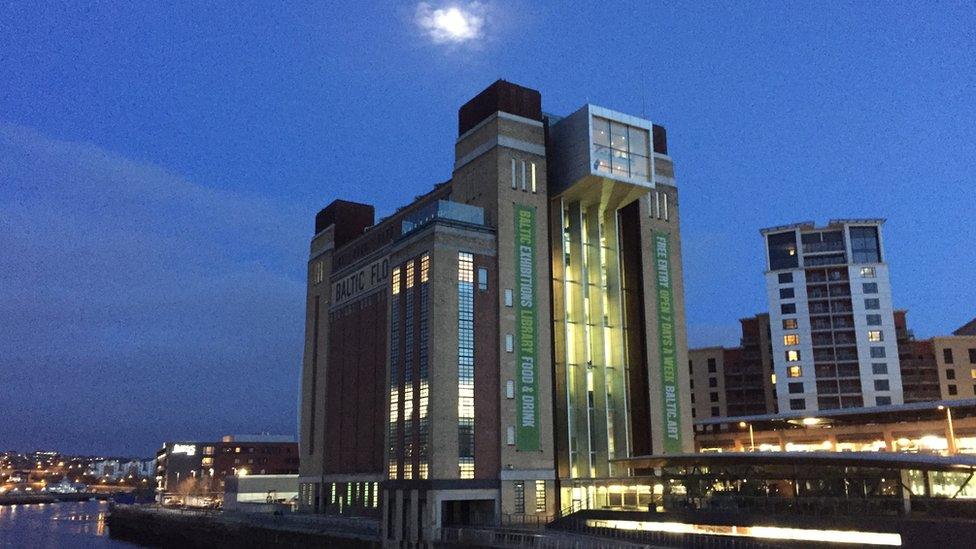
Baltic Centre for Contemporary Art, in Gateshead, opened to the public in 2002
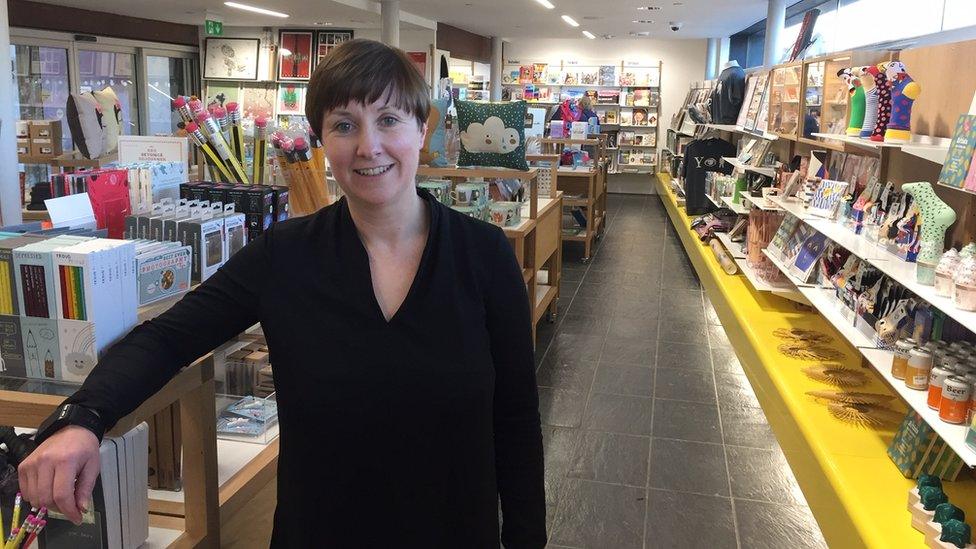
Sara Ley, head of retail, is a former fine art student
The retail offer has developed as the centre has increasingly become a place to meet friends and socialise. Some 70% of visitors go into the shop - a great benefit when many retailers struggle to get people in a store as they shop online.
Typically, they spend £15 each rising to between £30 and £50 at Christmas, leading to annual sales of £500,000. A quick chat to customers reveals many are browsing for unusual presents for loved ones.
Sara Ley, head of retail, says when the gallery opened in 2002, this was only a bookshop.
"Quickly we realised we needed to make more money and that Amazon were taking over the book market, so we started introducing more gifts and over the years that has expanded," she says. "We don't have a permanent collection so we have the freedom to stock all sorts of interesting designs."
Products range from little finger puppet plastic hands for 50p to £800 prints by Angel of the North artist Antony Gormley.
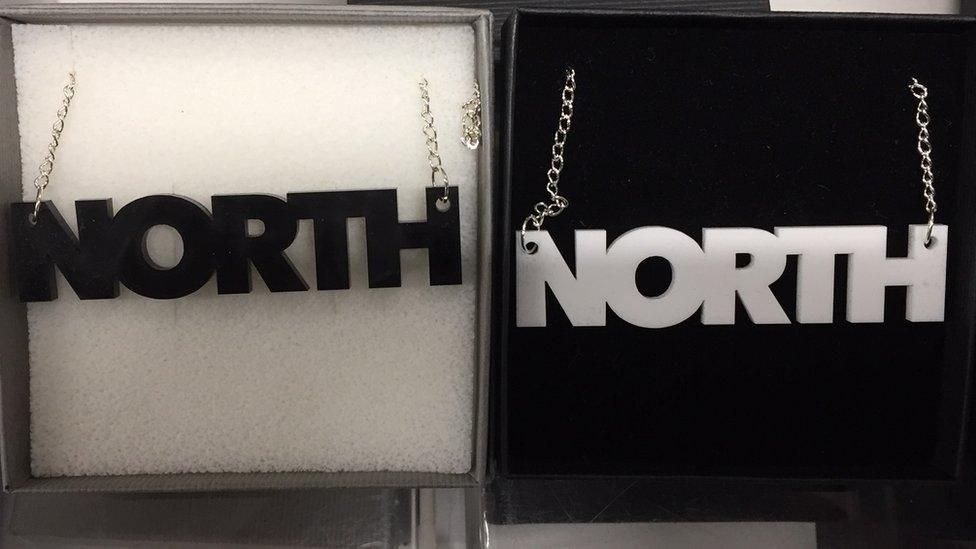
Stock often reflects the themes on display in galleries
Sales have risen by 20% in the last year, owing in part to greater visitor numbers from last summer's Great Exhibition of the North.
As with many other outlets in this sector, artists are commissioned to create products specifically for the shop and quirky ranges are encouraged - all at a time when independent shops have struggled owing to the economic climate.
Ultimately, museum shops are still niche retailers, but they may just be making their own history.
You can hear more on You and Yours on BBC Radio 4 at 12:15 GMT on Thursday, or via the programme's website.
- Published11 January 2019
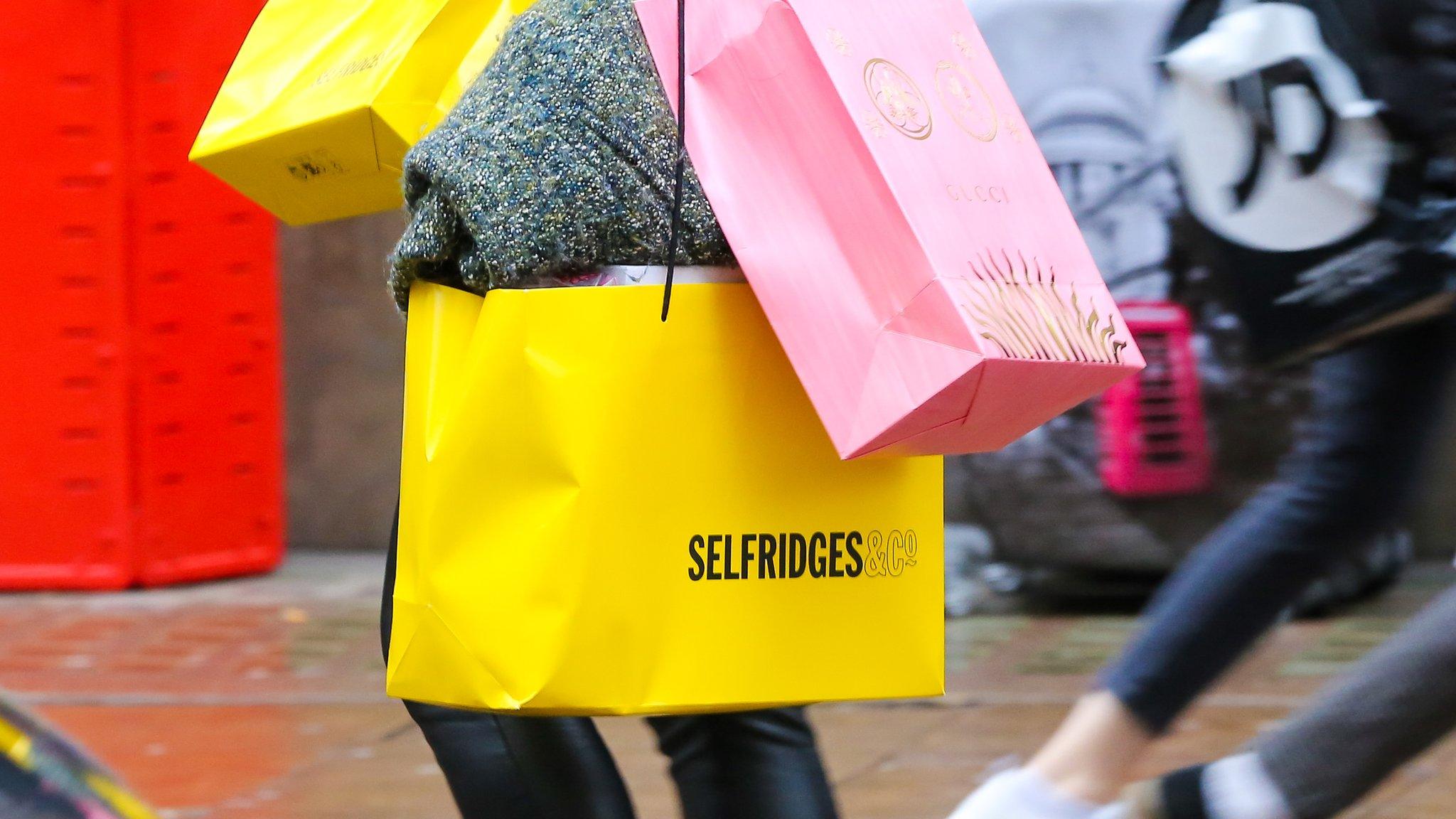
- Published29 December 2018
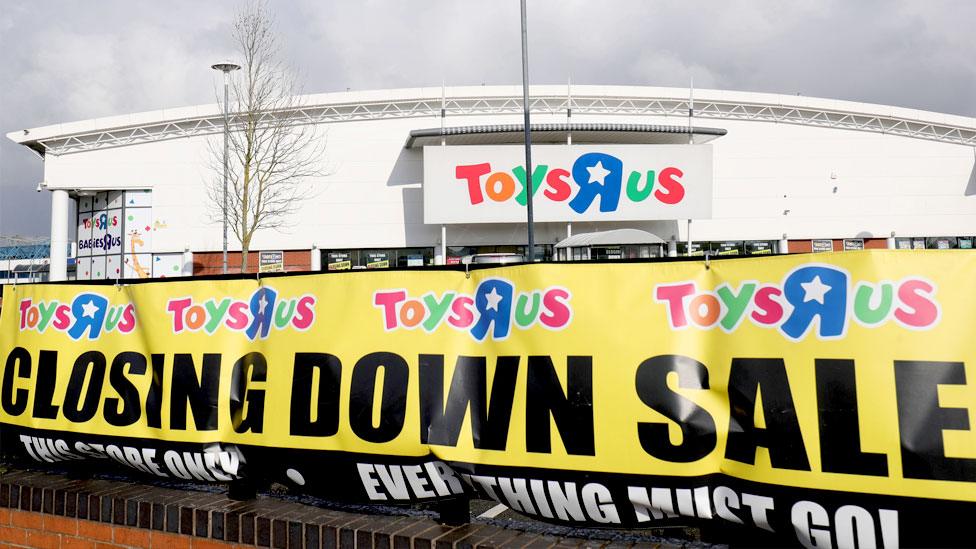
- Published9 December 2018

- Published21 October 2018
